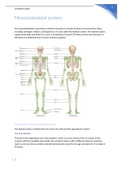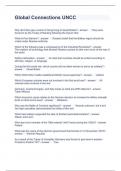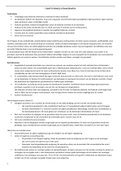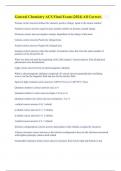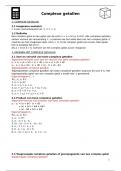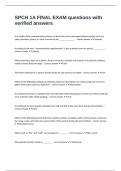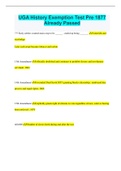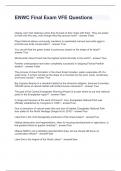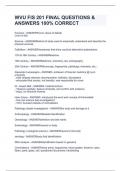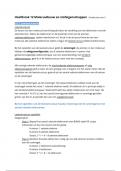Essay
Applied science , biology , unit 8A - Musculoskeletal disorder
- Course
- Institution
Looking for a surefire way to earn a distinction on your next assignment? Look no further than our assignment sheet, guaranteed to guide you to success. With clear instructions, helpful tips, and expert advice, our sheet is the key to unlocking your academic potential. Don't settle for less than a ...
[Show more]
